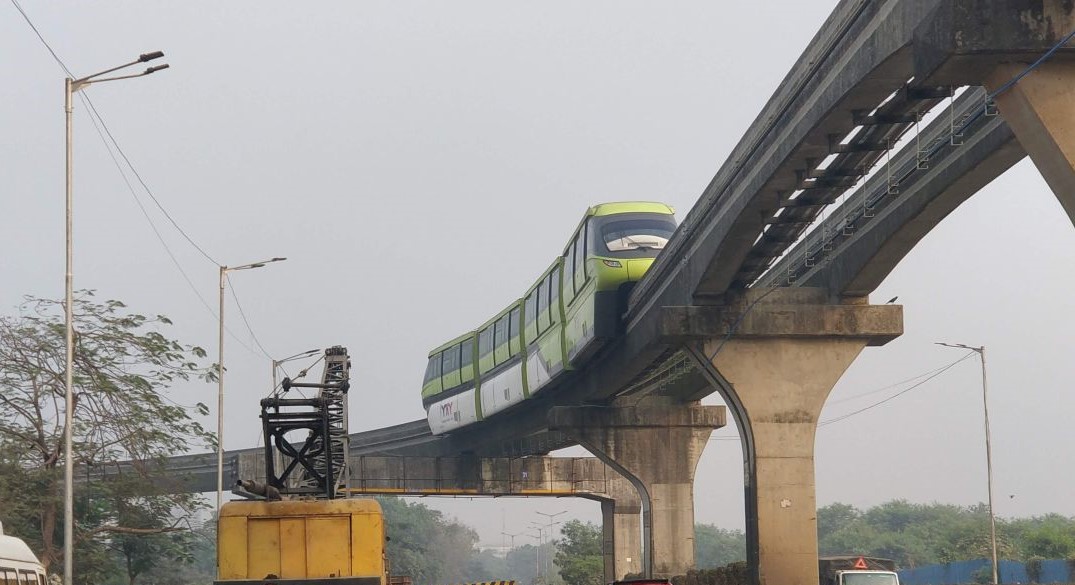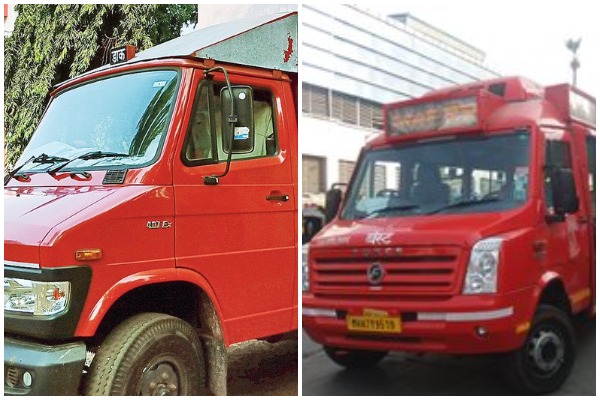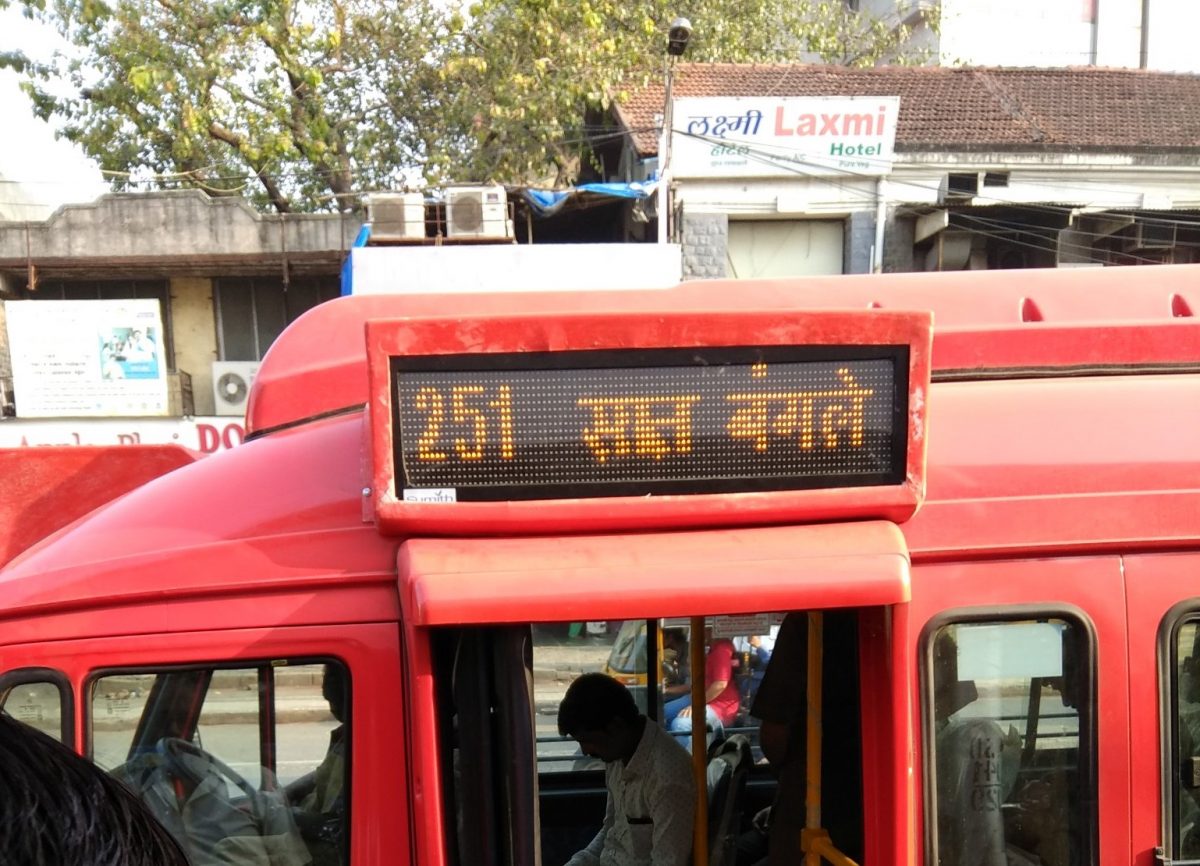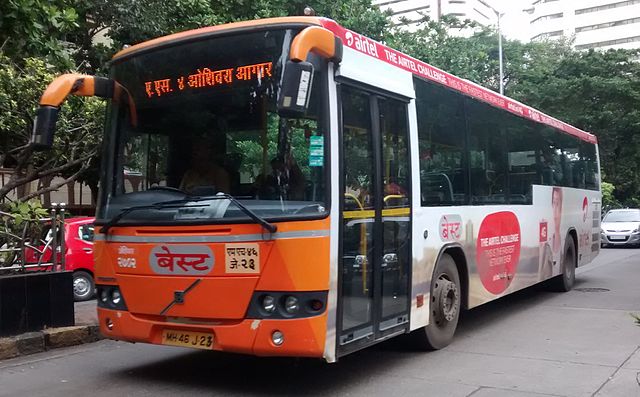In 1993, an episode of the American animated sitcom The Simpsons spoke of how the town of Springfield, flush with money decided to go in for a Monorail only for it to end in disaster due to shoddy work and cutting corners.
A quarter century later, Mumbai seems to be on the same path. The 19.5 km long Monorail carries less than 50,000 daily passengers after burning ₹3,000 crore, a very sad number, especially in comparison to the existing line of the Mumbai Metro that ferries nearly 500,000 passengers daily across 10.8km.
While there are several reasons behind the low patronage, there is a common link between all of them – the rolling stock supplied by Scomi.
To give a quick recap; operations on the Monorail began in early 2014 across a 9km stretch with four trains of four coaches each. A fire in November 2017 caused the entire system to remain shut till September 2018 following which it reopened. Subsequently, the rest of the line opened in early 2019, exactly five years after the line first opened. However, the remaining of ten trains never arrived due to financial troubles that the Malaysian manufacturer is facing. Consequently, MMRDA cancelled the tender in late 2018 and began the process of retendering. As a result, the frequency of services on the corridor is abysmal. Trains from Chembur to Wadala depart with a gap of 45 minutes.
The Monorail was initially operated by a joint venture between Scomi and L&T – who built the infrastructure – which was cancelled eventually. The MMRDA now plans to operate the line under the newly formed Mumbai Metro Operations Corporation (MMOCL) that will operate the upcoming elevated metro system. It had opened tenders for operations as well, receiving only one bid from Reliance Infra that currently operates the Metro. As a result of this, Mumbai today faces the prospect of staring at a major white elephant in the form of the Monorail.
Unlike Metro rail, Monorails are relatively more proprietary in nature, and not too standardised. Thus, it is difficult to get trains manufactured by other manufacturers to work on an existing system. For instance, Bombardier’s monorail trainsets feature a different straddle width that makes it completely inoperable in Mumbai. Hitachi meanwhile has three models, one of which has the same dimensions as the Scomi SUTRA currently operational. MMRDA’s tender received only two bids – China’s CRRC Changchun Vehicles that supplied rolling stock to the Chongqing Monorail and again, China’s BYD whose BYD Skyrail that is yet to be operational anywhere. BYD currently is the world’s largest electric bus manufacturer, with a significant presence in India through a joint venture with Hyderabad-based Olcetra (formerly Goldstone).
What might be a stumbling block right now is the Union Urban Development Ministry’s Make In India norms that mandate that 75 per cent of coaches for metro rail be sourced domestically. While it is unclear if these norms will extend to monorail technology, it would be better for the MMRDA to find a workaround. While CRRC was looking to set up a manufacturing unit in Maharashtra to supply trains to Nagpur, BYD already has a local partner in Olectra, through which the trains could be manufactured. Another route that could be looked at is through the Maharashtra Metro Rail Corporation (Mahametro) that recently gave an order for metro trains to Titagarh Firema, an Italian subsidiary of Titagarh Wagons. While Titagarh Firema would manufacture 25 per cent of the trains at the Firema plant in Italy, the rest would be made in Nagpur, at Mahametro’s facility before making their way to Pune. MMRDA could tie up with Mahametro and have either of the two firms build it domestically.
As far as operations as concerned, the MMRDA should look to MMOCL – which will eventually take over operations – for support. MMOCL has already dispatched a team of engineers to Singapore to have them trained in metro operations. A second plan to augment this with training in Hong Kong was cancelled due to the ongoing protests. Along with this, the corporation has also called for tenders for private operators to operate the upcoming systems, much like how Reliance Infra has subcontracted operations of the Metro. MMOCL could perhaps send a team of engineers to China or Japan to train them, or look at collaborative partnerships to get the system back on track.
Simultaneously, BEST needs to start with Feeder services to Monorail Stations. Monorail Stations, as with Metro Stations need to be treated on par with Railway Stations. While a significant crowd will prefer the rail due to its speed, some of it will prefer the bus due to lower costs. BEST needs to stand between the two.
Whatever the state government chooses to do, it needs to act fast. The Monorail in its current avatar has been avoided – by operators and commuters alike – and that is not good. It needs to be put back on track – literally and figuratively – and made into a viable rapid transit system, for it has the potential. The image that the Monorail currently has needs to be overhauled entirely and once this has been done, it could potentially be extended, and potential new lines could be built, in Mumbai or otherwise.
Also Read: What Ails The Mumbai Monorail And How Can We Fix It?
Featured Image Credits: Karthik Nadar
If you intend to step out please wear a mask, carry sanitizer and maintain social distancing.
![]()





